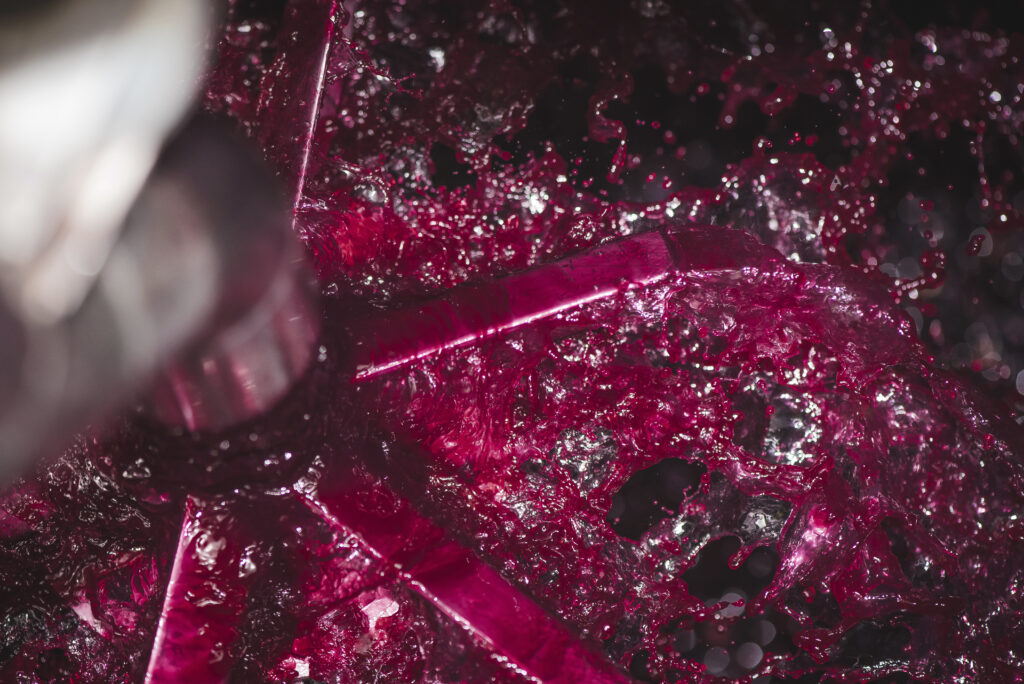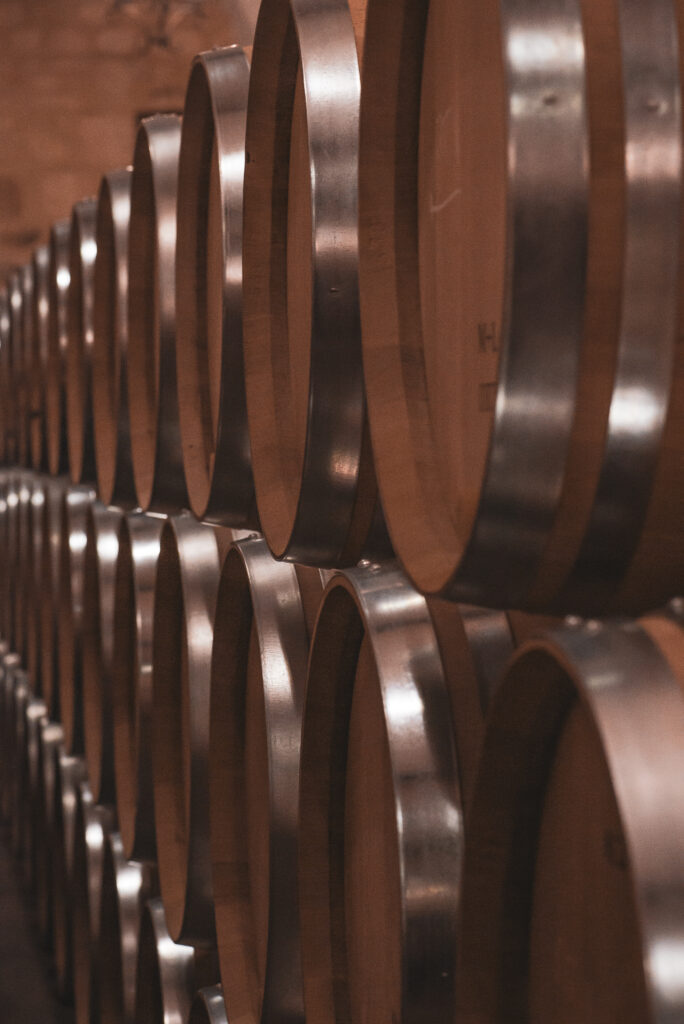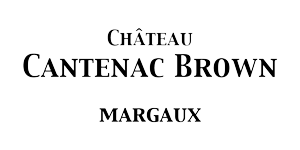Red wine making (or vinification) refers to all the operations necessary for the production of wine. Their sequence varies according to the nature of the wine. Red wines are made from red grapes, while white wines can be made from both white and red grapes. Thus, the wine making of Château Cantenac Brown or Brio will be different than the one of the Alto!
Red wine making process
1°: Destemming and crushing
Once the grapes are harvested, they are brought to the cellar. First of all, the crop is destemmed. The stalk, the frame of the cluster, is removed and separated from the grape berries. Being made of fibres, tannins and plant matter, it is dissociated from the berries to avoid yielding to the wine herbaceous aromas. However this step is not systematic and some vineyards choose to keep the stalks to let the tannins express themselves.
Then, the grapes are crushed. The objective of the crushing is to break the grapes to release the must, without pressing the seeds. The must is composed of juice, pulp, skins, seeds and a proportion of stalks defined by the winemaker.
2°: Maceration and fermentation
Once pressed, the grapes are placed inside vats. These can be made of stainless steel or wood, the choice will depends on the desired result. A wooden vat will bring tertiary aromas to the wine, in addition to those provided by the fruit and the soil. Conversely, a stainless steel vats will yield stable wines focusing on the primary and secondary aromas already contained in the must. Two steps follow each other during maceration:
- Alcoholic fermentation: during this process the sugars of the grape are transformed into alcohol by the action of yeasts. This first stage lasts about ten days.
- Pumping-over: During maceration, the solids present in the liquid rise to the surface, the accumulation of these solids is called marc. Inside the marc are the pigments that give the red wine its colour, as well as its tannins and aromas. The control of the marc is essential during the wine making because it gives its character to the wine.

3°: Running of and pressing
Once maceration is complete, there are two methods to recover the juice and continue its vinification.
- Draining: The draining consists in recovering the juice from the bottom of the tank. The wines that use this method are called “free-run wines”.
- Pressing: This second method consists of pressing the marc to recover the juice. This process will yield wines loaded with tannins called “press wines”.
4°: Ageing
During the ageing, the wine is placed in vats or barrels. The ageing in vats lasts from one to two months for the primeur wines and several months or years for the wines to be kept. During this period new aromas appear and the wine approaches its definitive character.
Moreover, malolactic fermentation takes place during breeding. This second fermentation naturally reduces the acidity of the wine.

5°: Bottling
Once the previous steps completed, the precious liquid is placed in bottles before being closed by a cork. After its bottling, the wine can still age for some time in its new container (maturation in bottle), or perhaps being put for sale.


